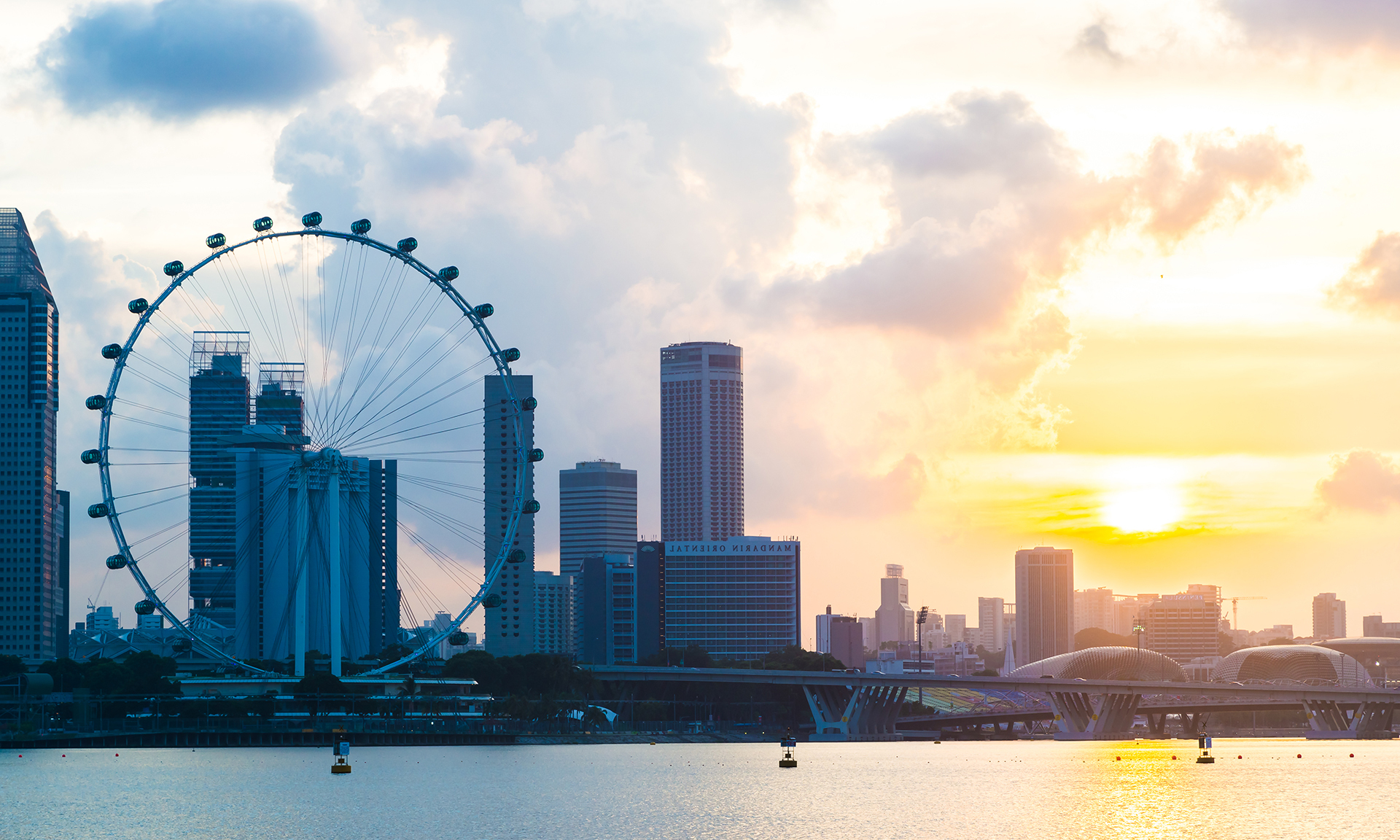Introduction
Banking is considered the backbone of every economy as it directly influences the
financial and economic development of a country and Singapore is no exception. The country’s robust economic development gathered pace as the banking sector grew and became stronger and efficient with time. The importance of the banking sector is equally recognised both in the developed and emerging economies.
Today’s Singapore is the top international financing hub in Southeast Asia, believing and implementing pro-business government policies and practices. Its strategic location as the gateway to the ASEAN coupled with its favourable policies has transformed this country into a banking hub in the region.
The total assets of the banking sector in Singapore is worth more than USD 2 trillion with over 200 banks operating in Singapore.
What is the Monetary Authority of Singapore and what role it played in the Banking Industry?
As the number of domestic financial institutions started growing rapidly along with the entry of foreign financial companies, the financial services sector in Singapore became more complex necessitating the need for better and more cohesive governance and regulatory approach. The Monetary Authority of Singapore was then established in 1971 to address this issue and played the dual roles of a central bank and the financial regulator.
MAS is the regulatory body for financial institutions in the banking, capital markets, insurance and payments sectors and formulated, implements and administers regulations and licensing requirements for these sectors.
More details about the financial institutions under MAS’s regulation and their authorised and regulated activities can be obtained from the Financial Institutions Directory provided in this link.
The Monetary Authority acts as an existing central bank in Singapore with its main function to ensure effective and smooth operations of financial institutions in perfect alignment with the national economic objective. The MAS is responsible for the following:
- Monetary policy implementation
- Banking systems supervisions
- Functioning as the banker to the government and the banks
- Controlling foreign exchange reserves
- Printing and Issuance of currency
- Issuing banking licences
What are the reasons for the thriving banking industry in Singapore?
Following are a few factors that contributed to the thriving banking industry in Singapore today.
- Liberalisation of local banks
- Expansion of overseas banks
- M&A of foreign and local banks
- Increased competitiveness for pricing and innovative services
- Investment banking and wealth management services
- Government policies of Tax and Secrecy rules
- The phenomenal growth in the number of SMEs
How has the Singapore Banking industry been liberalized over the years?
The significant milestones in the development of Singapore’s banking industry are enumerated herewith in chronological order
- 1999 to 2001, Liberalisation of the banking sector with a five-year liberalisation package with Qualifying Full Bank (QFB) licensing of foreign banks with an increased number of places of business and removal of 40 per cent foreign shareholding limit in local banks was lifted
- 2001 marked the second phase of measures granting 20 Restricted Bank licenses over the two years for freeing up competition in the wholesale banking business with a bigger business domain, the restricted banks were re-classified as ‘wholesale banks’ to upgrade all offshore banks to wholesale banks over time
- 2005, MAS increased the number of places of business for QFBs from 15 to 25
- 2012, MAS further increased the privileges of QFBs to 50 places of business and introduced Significantly Rooted Foreign Bank (SRFB) framework for the domestic market and depositor protection
- 2018, introduction of Fast and Secure Transfers (FAST) networks for allowing access to NBFCs
- 2019, issuance of 5 digital bank licences, 2 digital full banks and 3 digital wholesale banks
Why has the private banking industry grown significantly in Singapore?
The reasons for the private banking industry growth are
- Increased number of HNIs in Asia
- Banking secrecy policies
- Value-added banking services including wealth and lifestyle advisory services, investment strategies, asset protection etc.
- High banking standard
- Vibrant and growing capital market
- Expensive banking activities
What is SME Banking Services in Singapore?
SMEs contribute significantly to Singapore’s GDP and both local and foreign banks offer financial services to these enterprises including trade financing, loans, deposits and insurance. Besides issuing commercial credits, the Singapore government provides various financing schemes to support SMEs in expanding their operations. Maybank, Standard Chartered, City bank, RHB, HSBC and many other banks have SME financing facilities.
What are the different types of Banks in Singapore?
Most of the Singapore banks provide a wide range of banking services to their clients, all corporates, individuals and government agencies including commercial and retail banking, private banking to HNIs etc. There are two types of banks
- Local Banks
- Foreign Banks
- Full banks, Six foreign banks are given QFB status and include HSBC, Citibank, Standard Chartered, Maybank, ABN AMRO and BNP Paribas
- Wholesale Banks offer similar ranges of services except Singapore Dollar retail banking
- Wholesale banks are branches of foreign banks in Singapore and include ING Bank, National Australia Bank, Barclays Bank, Deutsche Bank
- Offshore Banks are also branches of foreign banks and a few of them are Korea Development Bank, Bank of New Zealand, Canadian Imperial Bank of Commerce etc.
- Merchant banks offer specialized services such as corporate finance, underwriting of shares and bonds, mergers and acquisitions, portfolio management, consultancy etc. Credit Suisse Singapore Ltd, Barclays Merchant Bank Singapore Ltd, ANZ Singapore Ltd, Axis Bank Ltd are some of the well-known merchant banks in Singapore
What are the main banks in Singapore?
The three main local banks are
- Development Bank of Singapore
- Oversea Chinese Banking Corporation, OCBC
- United Overseas Bank, UOB
The six main foreign banks in Singapore include
- The Hong Kong and Shanghai Banking Corporation (HSBC) Singapore
- Standard Chartered
- ABN-AMRO Singapore
- Maybank
- BNP Paribas and,
- Citibank
What are the Banking Laws and Regulations in Singapore?
Besides regulatory legislations, the banking laws and regulations in Singapore provide a broad legal framework for the banking industry to remain in conformity with the latest developments and changes in the world’s banking and finance sectors. All banking regulations are passed and approved by the Parliament.
The banking industry acts include the following
- Banking Act – The Banking Act governs commercial banks in Singapore
- Monetary Authority of Singapore Act governs all matters related to and connected to MAS and its operations
- Anti Money Laundering Regulations
- Payment & Settlement Systems Guidelines
- Securities and Futures Act
Conclusion
An economic support package of USD 125 Million has been announced by the MAS for the financial and FinTech sectors to fight against the impending challenges of the covid 19 pandemic and reposition Singapore on a strong foot for immediate recovery and future growth of the banking and financing sector.






















 IMC Group
IMC Group